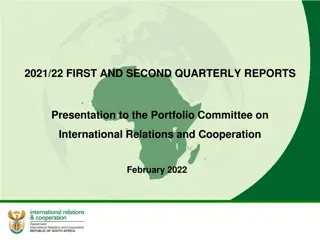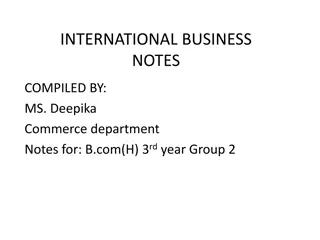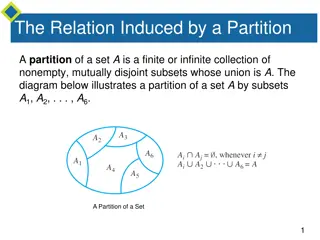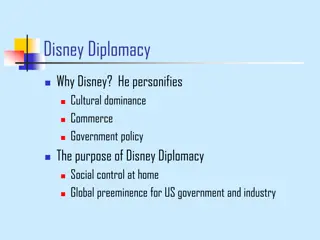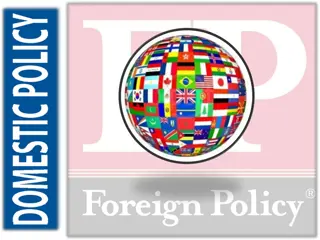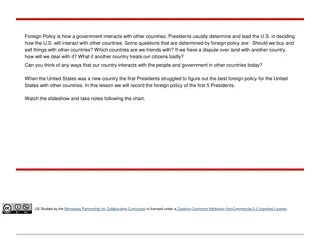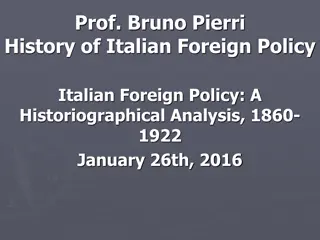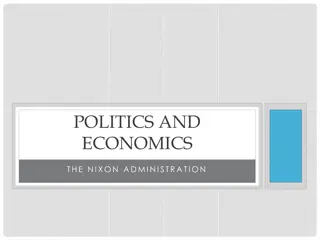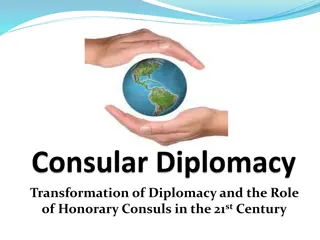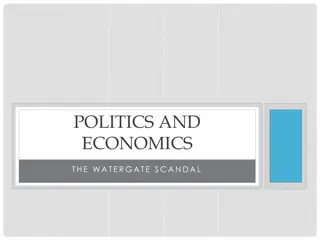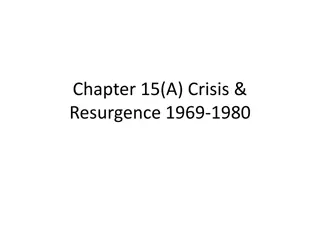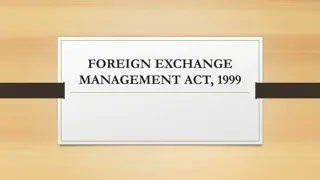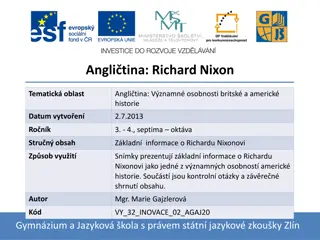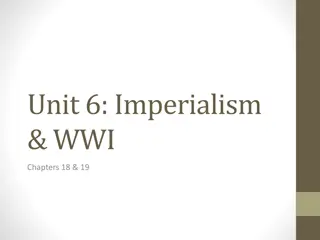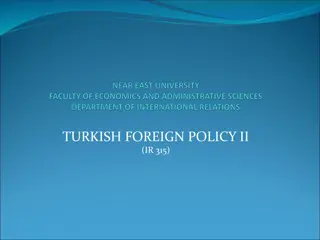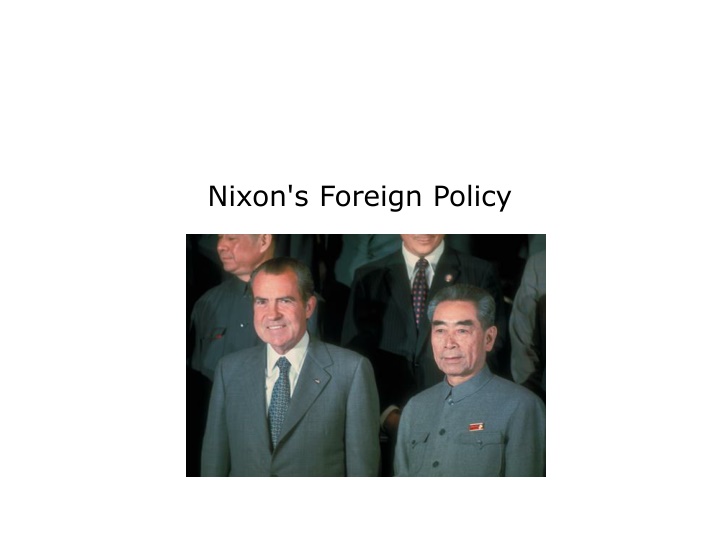
Nixon's Foreign Policy: Redefining Diplomacy and Relations
Nixon's foreign policy focused on realpolitik, prioritizing national interests over ideology. By improving relations with China and the Soviet Union, he aimed to strengthen economic opportunities and geopolitical balance. With Henry Kissinger as a key adviser, Nixon's diplomatic efforts reshaped the global landscape during his presidency.
Download Presentation

Please find below an Image/Link to download the presentation.
The content on the website is provided AS IS for your information and personal use only. It may not be sold, licensed, or shared on other websites without obtaining consent from the author. If you encounter any issues during the download, it is possible that the publisher has removed the file from their server.
You are allowed to download the files provided on this website for personal or commercial use, subject to the condition that they are used lawfully. All files are the property of their respective owners.
The content on the website is provided AS IS for your information and personal use only. It may not be sold, licensed, or shared on other websites without obtaining consent from the author.
E N D
Presentation Transcript
Terms and People Henry Kissinger President Nixon s leading adviser on national security and international affairs realpolitik the belief that political goals should be defined by concrete national interests instead of abstract ideologies Zhou Enlai Premier of China when Nixon made a state visit to China in 1972
Terms and People (continued) Strategic Arms Limitation Treaty (SALT I) 1972 treaty between the United States and the Soviet Union that froze the deployment of intercontinental ballistic missiles and placed limits on antiballistic missiles d tente flexible diplomacy adopted by Richard Nixon to ease tensions between the United States, the Soviet Union, and the People s Republic of China
President Nixon redefined U.S. foreign policy. He did not divide the world into us (democratic countries) and them (communist countries). He practiced realpolitik foreign policy based on concrete national interests rather than ideology.
Improve the country s relations with China and the Soviet Union. Henry Kissinger was President s Nixon s leading adviser on national security and international affairs.
Diplomatic relations with China would bring economic opportunities to the United States. A political realist, Nixon wanted to establish diplomatic relations with China. An improved relationship with China would weaken China s ties to the Soviet Union. The United States stood to gain much by recognizing China.
China invited an American ping-pong team to play in a tournament. Kissinger used that opportunity to work behind the scenes, talking with Chinese leaders and ironing out sensitive issues. Chinese and American players training together
In February 1972, President Nixon visited China and met with Chinese
Nixon s visit to China resulted in several benefits for the United States. Trade thrived between the United States and China. American tourists began to visit China. File:Flag of the Soviet Union 1955.svg Soviet leader Leonid Brezhnev invited President Nixon to visit Moscow.
In May 1972, Nixon met with Brezhnev in Moscow. They signed SALT 1, the Strategic Arms Limitation Treaty, a major step towards ending the nuclear arms race. The two leaders agreed to reduce pollution and undertake a joint U.S. Soviet space mission.
Nixons policy of dtente, the easing of Cold War tensions, replaced the old policy based on suspicions and distrust. His foreign-policy breakthroughs moved the world closer to the end of the Cold War.


